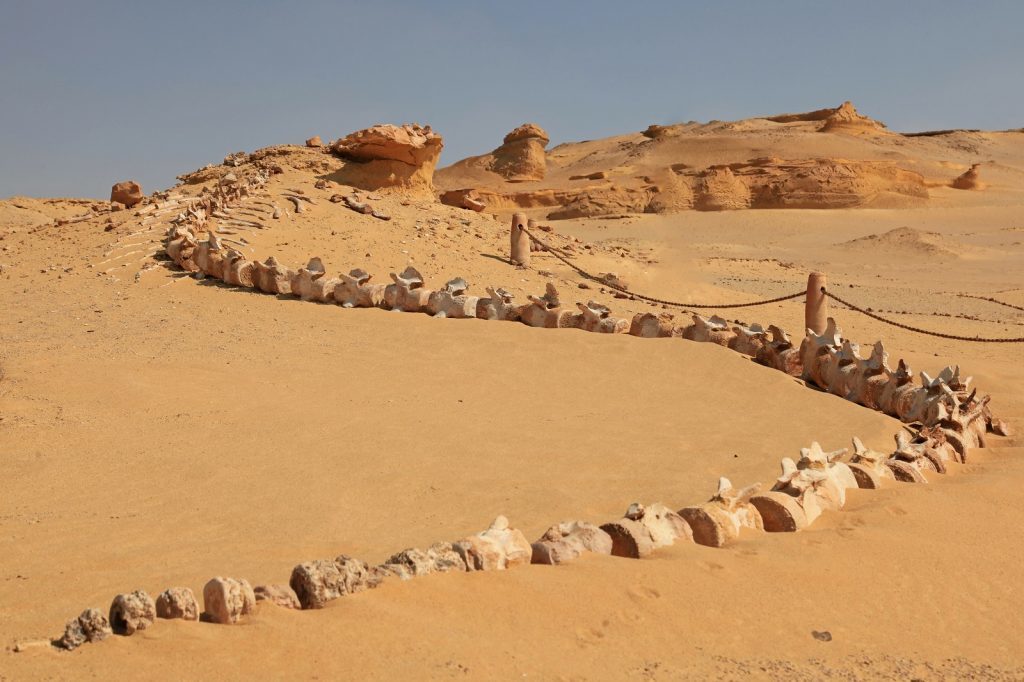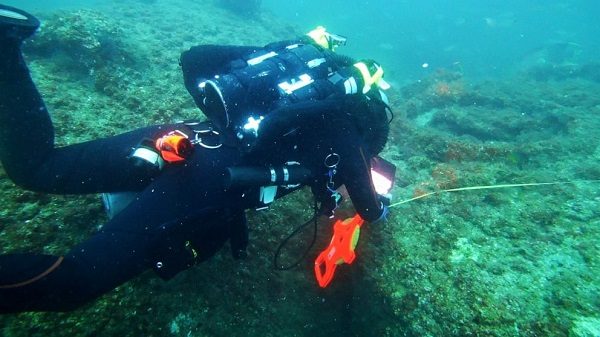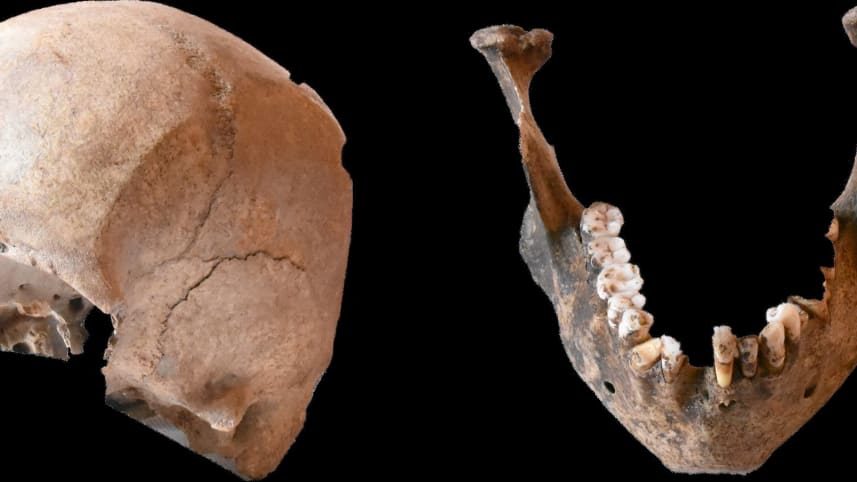
© ShutterstockWadi El Hitan, the Valley of the Whales
Egypt is
known as the land of Pyramids, Pharaohs, and golden sands. Countless treasures have been excavated from beneath Egypt's sands, revealing a treasure trove of a time long gone. Archeologists have discovered pyramids, temples, entire cities and treasures whose value is incalculable. But there's more to
Egypt than the Sphinx, the Pharaohs, and its incredible
pyramids, and there is more to this wonderful land than the Valley of Kings.
Some 160 kilometers southwest of the Pyramids at the Giza plateau is a treasure trove of history. There aren't any
pyramids, temples or mummies buried there, but it is nonetheless a site of great importance. In fact,
Wadi El Hitan was designated a UNESCO World Heritage Site in 2005.
The reason? hundreds of fossils of some of the earliest forms of whales, the
archaeoceti (a now extinct sub-order of whales) lie buried beneath the desert sand.



Comment: See also:
- Rewriting human history through our DNA
- Dishing the dirt on Denisova cave: A refuge for hominins and a home to bears, wolves and hyenas
- Isotopes found in Neanderthal bones suggest they were meat eaters
- Half of Neanderthals got 'surfer's ear'
- First hominins on the Tibetan Plateau were Denisovans - 160,000 years ago
And check out SOTT radio's: